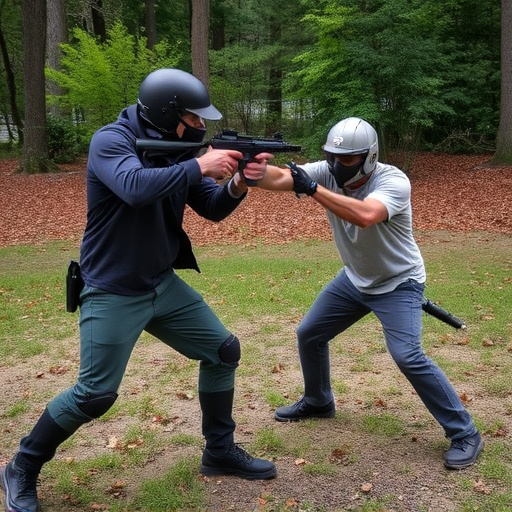TL;DR:
Police-grade stun guns prioritize electrode spacing for optimal self-defense effectiveness. Closer spacing enhances control and penetration, while wider gaps accommodate larger targets. These advanced designs deliver precise, powerful electrical pulses without causing severe harm. Models vary in voltage and material quality to suit diverse needs, ensuring reliability and effectiveness for law enforcement. Adjustability allows users to customize settings based on scenarios, making police-grade stun guns versatile tools for high-risk environments.
Discover the critical role of stun gun electrode spacing in determining effectiveness. This article delves into the science behind it, offering insights into how police-grade stun guns utilize precise electrical currents to incapacitate assailants. We explore factors influencing electrode performance, including current strength and distribution. Learn about the various police grade stun gun options available, each featuring unique electrode spacing designed for optimal effectiveness. Understand how the right choice can make all the difference in real-world scenarios.
- Understanding Stun Gun Electrode Spacing: The Science Behind It
- Police Grade Stun Guns: A Comprehensive Overview
- Factors Influencing the Effectiveness of Stun Gun Electrodes
- Choosing the Right Stun Gun for Optimal Electrode Spacing
Understanding Stun Gun Electrode Spacing: The Science Behind It
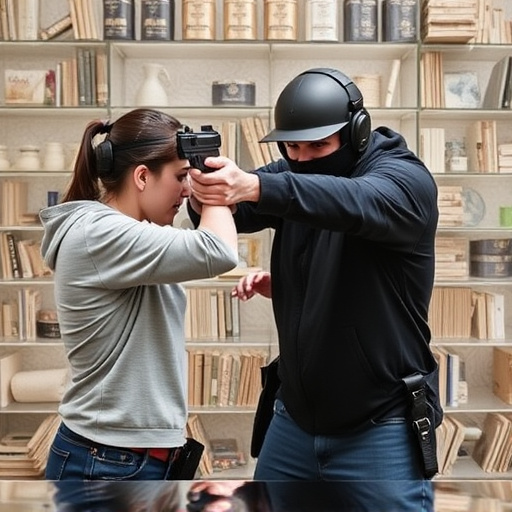
Understanding the electrode spacing on a stun gun is crucial for its effectiveness, especially in self-defense scenarios where every second counts. The concept behind it lies in delivering precise electrical currents to disrupt the body’s nervous system, causing muscle paralysis and immobilization. Police-grade stun guns, known for their superior performance, employ strategic electrode placement to maximize impact. These advanced options often feature well-spaced electrodes that ensure a strong electric field, allowing for a more efficient current flow through the target’s body.
The spacing between these electrodes plays a significant role in the stun gun’s ability to penetrate and disrupt muscle tissue. Closer spacing can provide better control over the electrical pulse, while wider gaps may be necessary to accommodate larger targets or ensure a more powerful discharge. Such precision engineering ensures that users can effectively disable an attacker without causing severe harm, making it a critical factor in the overall effectiveness of stun gun technology.
Police Grade Stun Guns: A Comprehensive Overview
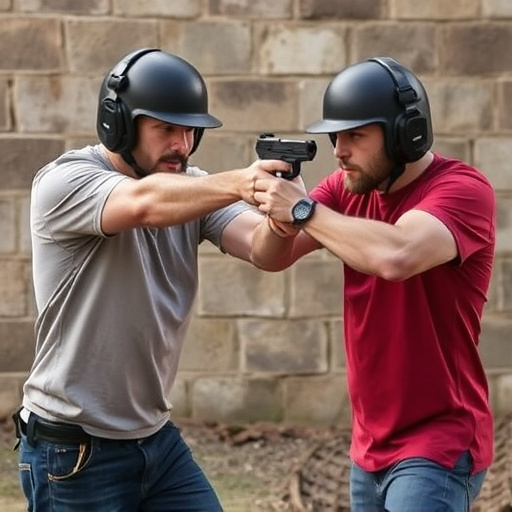
Police-grade stun guns are designed to be powerful and reliable tools for law enforcement officers, offering various options to suit different needs. These devices typically feature advanced technology and rugged construction to ensure effectiveness in high-pressure situations. The market offers a range of models with varying voltage levels, ensuring they can incapacitate subjects without causing permanent harm. Higher voltage stun guns, often used by specialized units, deliver more energy, making them effective against larger or more resistant individuals.
When considering Police Grade Stun Guns, users should look into factors like electrode spacing for optimal effectiveness. Closer electrode spacing can improve the device’s ability to penetrate clothing and deliver a powerful shock, while wider spacing is useful for specific tactical scenarios. The variety in design allows officers to choose based on their role and the potential threats they face daily, ensuring they are equipped with the best tool for the job.
Factors Influencing the Effectiveness of Stun Gun Electrodes
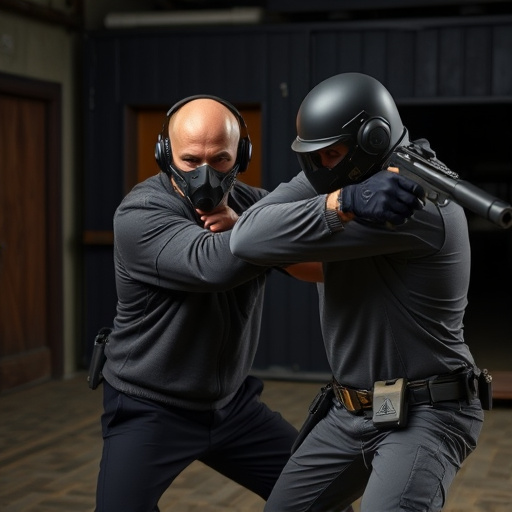
The effectiveness of stun gun electrodes is influenced by several key factors, which are crucial in determining the success of a stun device. One of the primary considerations is electrode spacing—the distance between the positive and negative terminals. In police-grade stun guns, this spacing plays a vital role in delivering an efficient shock. Typically, closer electrode spacing ensures a more concentrated electric current, increasing the likelihood of immobilizing the target quickly. This is particularly important for close-quarters combat or scenarios where rapid neutralization is required.
Additionally, the overall design and material quality of the electrodes contribute to their effectiveness. High-quality stun guns often feature precision-engineered electrodes that are optimized for optimal current flow. The choice between different Police Grade Stun Gun Options can significantly impact electrode performance; advanced models may incorporate specialized materials or innovative designs to enhance shock intensity and duration, ensuring the user has a reliable tool in various situations.
Choosing the Right Stun Gun for Optimal Electrode Spacing
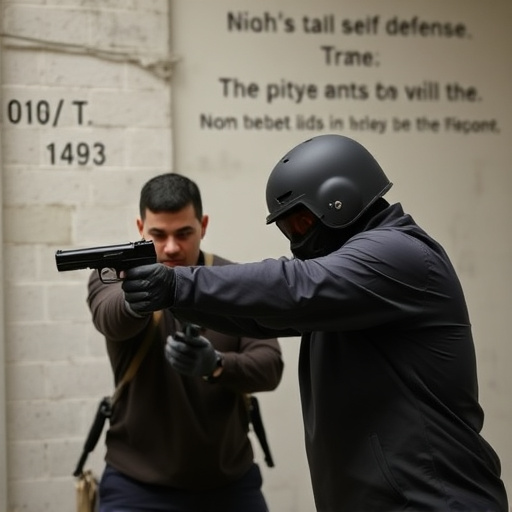
When selecting a stun gun, especially for self-defense purposes, choosing one with optimal electrode spacing is paramount to ensuring effectiveness. Police grade stun guns offer superior options in this regard, featuring well-designed electrodes that deliver powerful electric currents. These devices are engineered to maximize impact while minimizing the risk of electrical arc failure, which can occur when electrodes are too close together or far apart.
Optimal electrode spacing ensures a balanced current flow, enhancing the stun gun’s overall performance. Police grade models often come with adjustable settings, allowing users to fine-tune the voltage and current levels according to their needs and comfort level. This feature further enhances effectiveness, making it suitable for various scenarios, from personal protection in high-risk environments to law enforcement applications where precise control is essential.
When considering a police-grade stun gun, understanding electrode spacing is key to ensuring effectiveness. The optimal arrangement of electrodes, influenced by factors like current flow and body type, can significantly enhance stun performance. By choosing among the available police grade stun gun options with carefully designed electrode systems, users can maximize impact while adhering to safety protocols. This ensures that officers and individuals alike have a reliable tool for self-defense in various situations.
